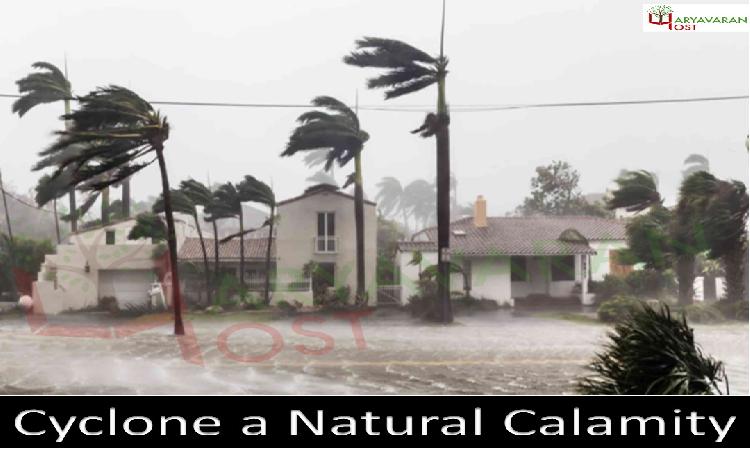

A cyclone is a powerful natural calamity characterized by strong winds, heavy rainfall, and violent storms. It forms over warm ocean waters, where moist air rises, creating a low-pressure area. As this warm, moist air spirals upward, it generates thunderstorms, and the wind intensifies, forming a rotating system. Cyclones are known by different names around the world—hurricanes in the Atlantic, typhoons in the Pacific, and simply cyclones in the Indian Ocean.
Cyclones cause widespread destruction when they make landfall. The fierce winds can uproot trees, tear down buildings, and destroy infrastructure. Torrential rains often result in severe flooding, landslides, and storm surges that inundate coastal areas. These effects not only damage homes and livelihoods but also displace people and cause significant loss of life.
The aftermath of a cyclone can be devastating, leaving communities without power, clean water, and essential services. In vulnerable regions, particularly coastal areas, cyclones can cripple local economies and disrupt agriculture. Climate change is exacerbating the frequency and intensity of cyclones, making disaster preparedness more critical than ever. Despite technological advancements in forecasting, cyclones remain one of nature’s most destructive forces, with severe impacts on human life and the environment.